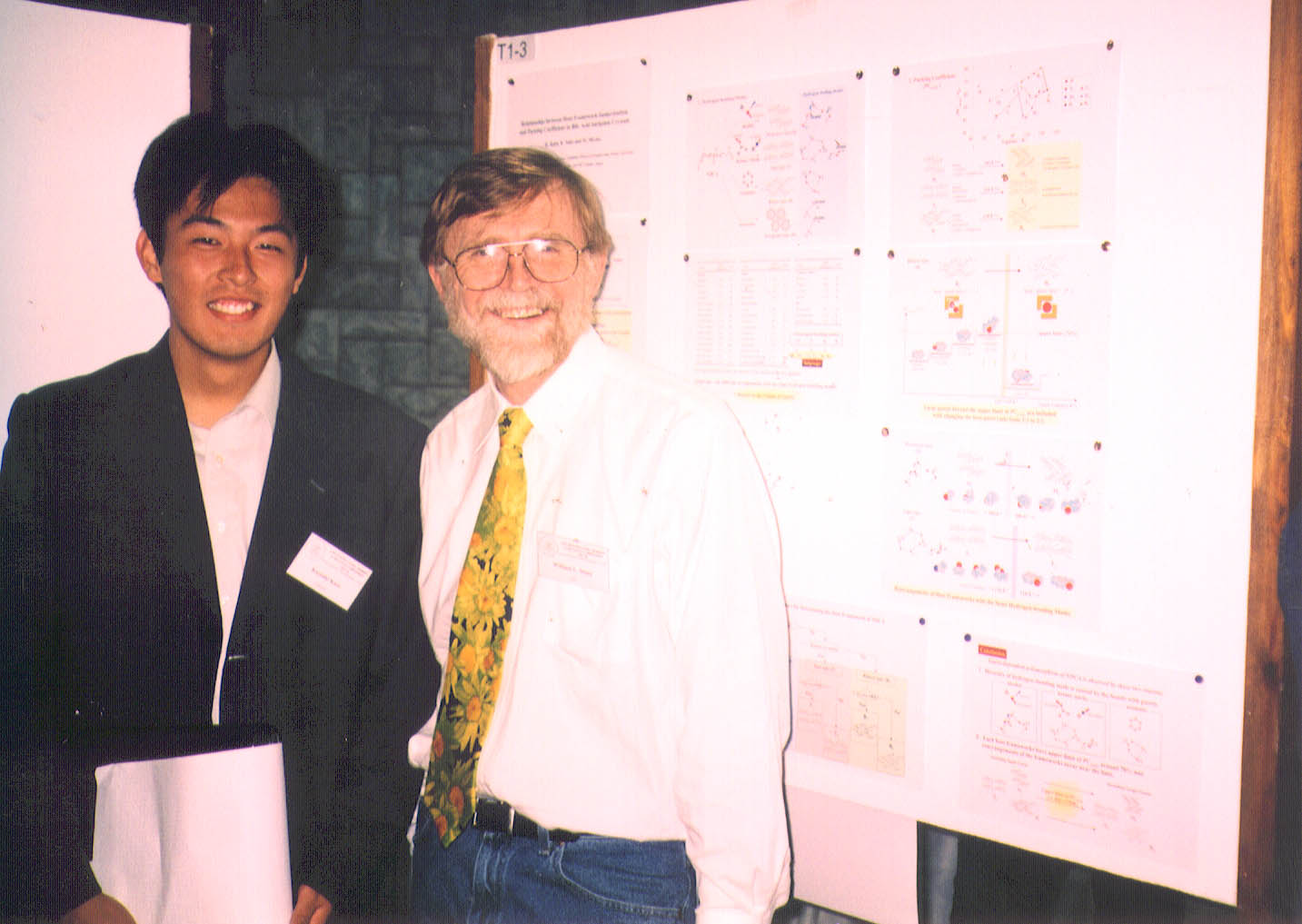
Relationship between Host Framework Isomerization and Packing Coefficient in Bile Acid Inclusion Crystals
K. Kato, K. Sada and M. MiyataDepartment of Material and Life Science, Graduate School of Engineering, Osaka University
2-1 Yamadaoka, Suita, 565-0871 Osaka, Japan